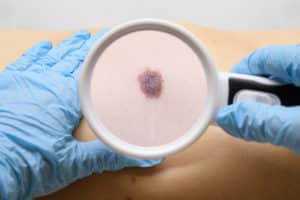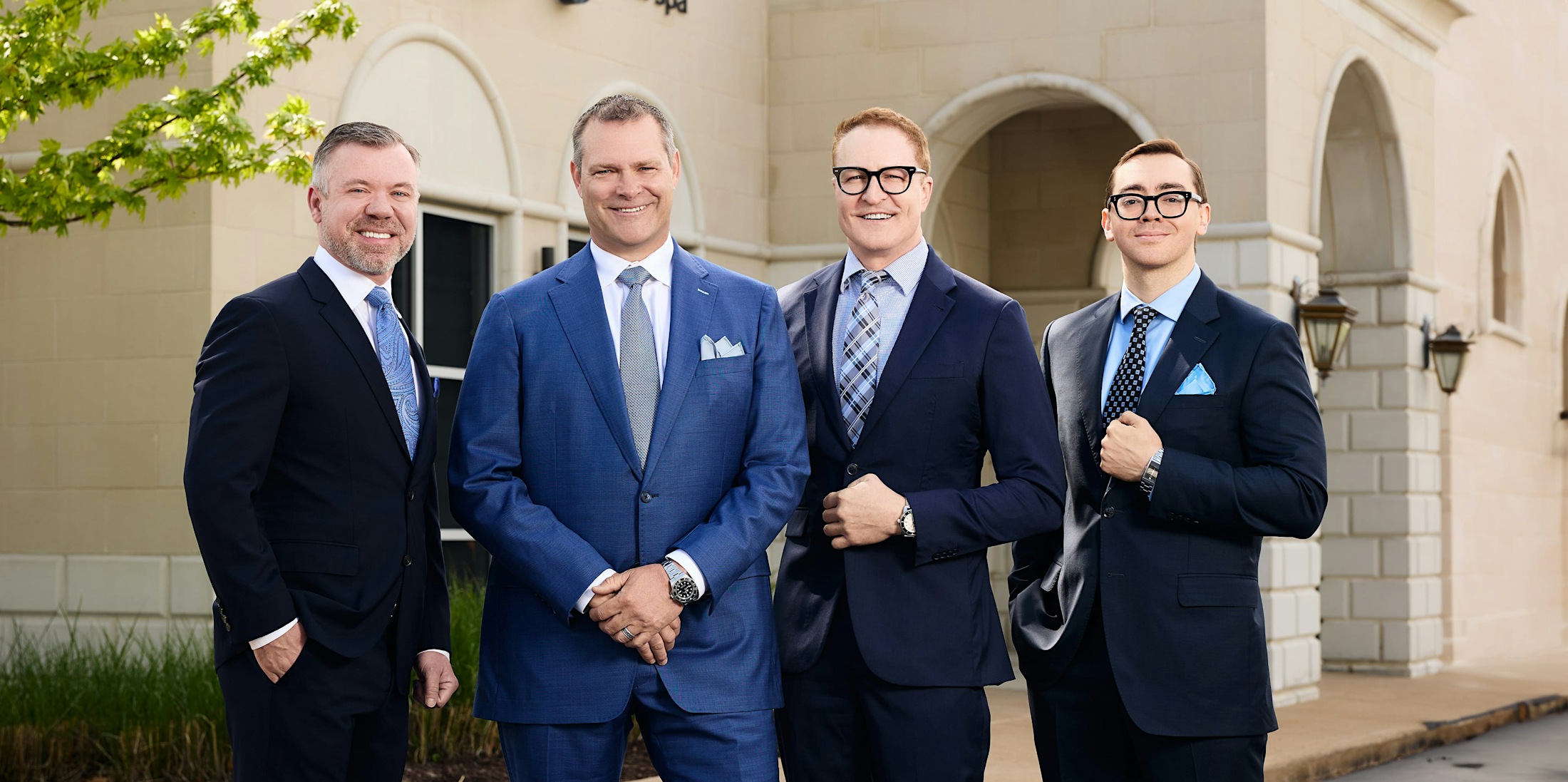 Last summer, we were largely confined to our homes as we sought to stop the spread of the novel coronavirus. This year, many people are ready to resume life as usual, as much as is possible, anyway. While we are as ready as the next person to get back to a sense of normalcy, especially when it comes to summertime fun, we also remember the value of mindfulness as it relates to sun exposure. Here, we discuss the risk of melanoma skin cancer, how UV exposure plays a role, and how you can reduce your risks.
Last summer, we were largely confined to our homes as we sought to stop the spread of the novel coronavirus. This year, many people are ready to resume life as usual, as much as is possible, anyway. While we are as ready as the next person to get back to a sense of normalcy, especially when it comes to summertime fun, we also remember the value of mindfulness as it relates to sun exposure. Here, we discuss the risk of melanoma skin cancer, how UV exposure plays a role, and how you can reduce your risks.
It is estimated that 1 in 5 Americans will develop some form of skin cancer in their lifetime. Skin cancer is the most common type of cancer in the world and can be very serious. Melanoma is the most dangerous type of skin cancer due to its higher likelihood of spreading to other parts of the body. Because melanoma could be fatal if not treated soon enough, it is necessary to know how to spot it on your skin.
A few characteristic guidelines can help
The ABCDE’s of melanoma are easy to remember. We read them often enough to have them in mind as we observe our skin. They include:
- A, for Asymmetry.
- B, for Border.
- C, for Color.
- D, for Diameter.
- E, for Evolving
Further information about these characteristics, including printable maps to use for skin cancer self-exams, can be found at the American Academy of Dermatology website.
Ultra-Violet (UV) Exposure and Melanoma
Studies have determined that sun exposure is a leading factor in the development of all forms of skin cancer, including melanoma. There are differences, though, which may create some confusion as to whether or not sun exposure really relates to melanoma. It does. With basal cell and squamous cell carcinomas, it seems that sun exposure anytime in life could result in damage. Melanoma, on the other hand, is more likely to occur with timing and intensity. For example, people who had five or more severe sunburns during childhood or adolescence were twice as likely to develop melanoma than those who did not. When we say severe sunburns, we mean blisters. Additionally, studies have shown that UVA light is particularly risky when it comes to melanoma development. This is important to know because tanning beds primarily use UVA light. Therefore, the use of tanning beds also significantly increases the risk of this and other forms of skin cancer.
We care about our patients health and wellbeing. Staying informed about skin cancer is essential to a long and vibrant life. At Renaissance Plastic Surgery in St. Louis, we perform various laser treatments that can help reduce the signs of sun damage. To schedule your consultation for care, call 636-535-2933.


